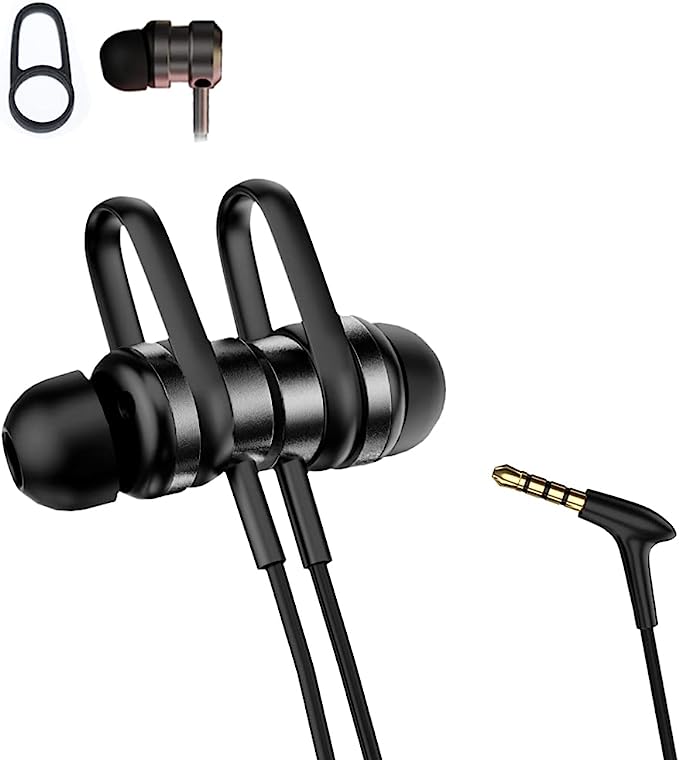An Engineer's Guide to Walking Pad Mechanics: Frame, Shock Absorption, and Durability
Update on Oct. 23, 2025, 12:53 p.m.
To the casual observer, a walking pad is a simple machine: a motor turns a belt, and you walk on it. Yet, beneath this simple facade lies a complex interplay of material science, biomechanics, and engineering trade-offs designed to solve a fundamental problem: how to create a safe, durable, and comfortable walking surface in a compact, home-friendly package. For the discerning user, especially those pushing the limits of a machine’s weight capacity or using it for hours daily, understanding this underlying engineering is not just academic—it’s crucial for making an informed choice.
This is not a review. This is a virtual teardown. We will peel back the plastic shell and examine the core components that define a walking pad’s performance and longevity. Using the specifications of a model like the Yemsd C102 as our case study—with its notable 330 lb capacity and multi-stage shock absorption—we will explore the engineering philosophy that separates a well-built machine from a disposable gadget.

The Backbone: Frame Integrity and the Science of High Weight Capacity
User Concern: “Most compact treadmills feel flimsy. How can something so thin support over 300 pounds without bending or breaking over time?”
The answer lies in the frame. The claim of a 330 lb (approximately 150 kg) maximum weight capacity is the single most important structural statement a manufacturer can make. It’s a promise of stability and safety, and it begins with material choice and geometric design. The C102 utilizes an alloy steel frame. Let’s break down why this is significant.
“Steel” is a broad term. The “alloy” designation means other elements have been added to the iron and carbon base to enhance specific properties. For this application, engineers are primarily concerned with yield strength (the amount of stress the steel can withstand before permanently deforming) and fatigue resistance (the ability to withstand repeated cycles of loading and unloading—i.e., every single footstep). A well-designed frame distributes the force of each step across its structure, minimizing stress concentration in any single point. The low-profile design (under 4 inches tall) presents a challenge, as there’s less vertical space for thick support beams. Therefore, the geometry of the welds and the cross-bracing becomes paramount to prevent torsion (twisting) and flexion (bending) under load.
A high weight capacity is more than just a number; it’s a philosophy of inclusive design. It provides a crucial psychological safety net for heavier users, beginners, or anyone who feels tentative on exercise equipment. This structural over-engineering ensures that even for a lighter user, the machine is operating well below its stress limits, contributing directly to a longer operational lifespan.
The Interface: Biomechanics of the Deck, Belt, and Shock Absorption
User Concern: “I want to walk more, but I’m worried about my knees. How does a thin walking pad protect my joints better than the floor?”
This is where biomechanics takes center stage. When you walk, a ground reaction force travels up your body. Hard surfaces like concrete offer no dissipation, sending that shockwave straight into your ankles, knees, and hips. A walking pad’s primary biomechanical function is to manage and absorb this force. This is accomplished by a multi-component system.
-
The Deck: This is the solid platform beneath the belt. It needs to have a slight, engineered flex—enough to absorb impact but not so much that it feels spongy or unstable. The material used is critical for both feel and durability.
-
The Running Belt: The surface you actually touch. A “5-layer” belt, as seen in the C102’s specs, refers to a composite construction. This typically includes a top wear-resistant layer (for friction against your shoes), a middle layer for tensile strength (to prevent stretching), and a bottom layer of low-friction fabric (to glide smoothly over the deck). This layering prevents the belt from curling at the edges and ensures consistent performance.
-
The Shock Absorbers: This is the most active part of the system. The C102 specifies “8 silicone shocks.” Silicone is chosen for its excellent viscoelastic properties. This means it can both deform to absorb energy (like a liquid) and return to its original shape (like a solid), effectively damping the vibration from each footfall. The placement of these 8 absorbers is not random; they are typically positioned at key impact zones to provide optimal cushioning throughout the gait cycle, from heel strike to toe-off. This system attempts to mimic the compliance of a natural surface like grass or dirt, reducing the peak impact force on your joints.

The Engine: Motor Power, Noise, and Thermal Management
User Concern: “I’ve heard these machines can smell like burning rubber or get very hot. Is the motor powerful enough and will it last?”
The heart of any treadmill is its motor. The “2.5 HP” (Horsepower) rating on the C102 refers to the motor’s peak output. For a walking pad, where speeds are low, a more important metric is continuous duty horsepower and, crucially, torque. The motor needs enough torque to move the belt smoothly with a heavy user on it at low speed, without straining.
The sub-45-decibel noise level is a feat of engineering. It points to the likely use of a brushless DC motor, which is inherently quieter and more efficient than older brushed designs. Noise reduction also comes from high-quality bearings, a precisely balanced flywheel to smooth out the belt’s motion, and the motor housing itself, which is designed to insulate sound.
Heat is the enemy of electronics. The “burnt rubber smell” some users report on lesser machines can be from an overheating motor, a slipping belt, or friction between components. A well-designed machine manages heat through several mechanisms. The motor itself has internal cooling fans, and the housing features vents for passive air circulation. The quality of the motor’s copper windings and insulation dictates its ability to handle heat under continuous load. When a user mentions the machine gets “warm” after extended use, this is a normal consequence of energy conversion. However, “hot” to the point of a burning smell indicates poor thermal management or a motor being pushed beyond its continuous duty rating.
Conclusion: An Integrated System
A high-quality walking pad is not a collection of impressive parts; it’s a fully integrated system. The steel frame provides the foundation of trust. The deck and suspension system translate that trust into a feeling of comfort and safety for your joints. And the motor delivers the power to make it all happen, quietly and reliably. Understanding these engineering principles allows you to look past the marketing claims and see the true markers of quality and durability, empowering you to choose a machine that is not just a purchase, but a long-term investment in your movement.





































